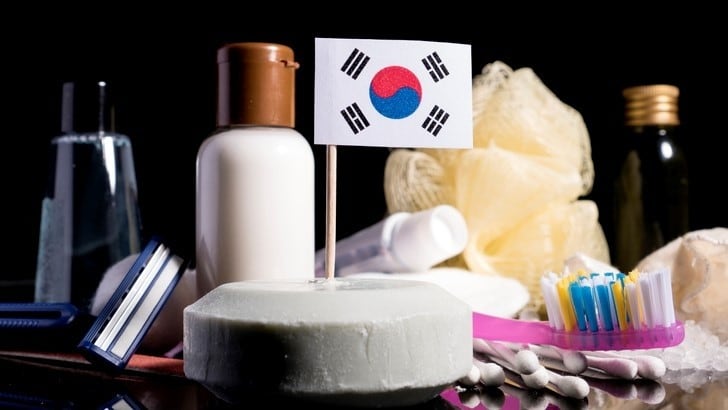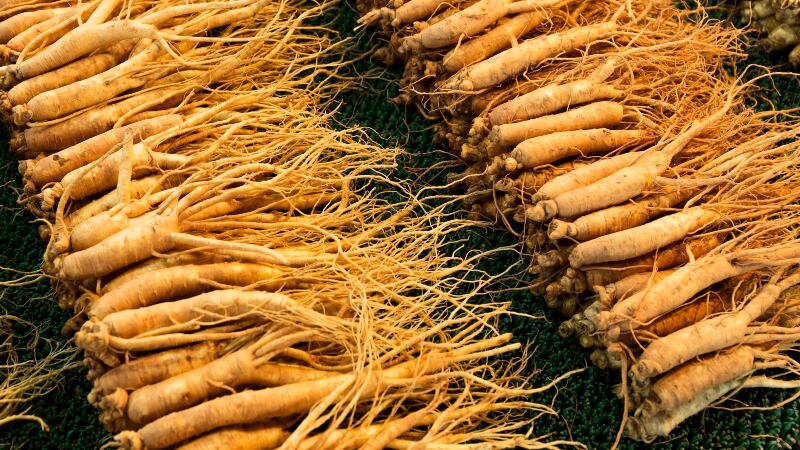The MFDS announced on July 6 that the country’s cosmetics exports surpassed KRW10tn (USD8bn) for the second consecutive year in 2022.
Despite a 2.2% decline from the previous year, South Korea remains the fourth largest cosmetics exporter in the world after France, US and Germany.
According to MFDS, the dip is mainly due to a 26% decrease in exports to China, traditionally Korea’s largest cosmetics export market.
Nevertheless, its export markets increased from 153 in 2021 to 163 last year, reflecting K-beauty’s broadening reach.
The sector continues to ride on the Hallyu wave in SEA, with exports to the Philippines rising by 44.4%, Vietnam 23.4%, and Thailand 13.2%.
At the same time, cosmetics exports to Taiwan grew 21.1%. The upward trend can also be seen significantly in Central Asian countries such as Kyrgyzstan and Kazakhstan, as well as western markets like France and Canada.
“It confirms that cosmetics exports have the potential to take off again, if the export market diversification strategy is utilised,” the MFDS said.
This comes after industry experts observed Korean cosmetics brands shifting their focus away from China and expanding towards other regions such as Europe and the Middle East.
The MFDS added that several factors, including the economic downturn caused by the pandemic, the Chinese government’s tightening of cosmetics regulations, and increasing preference for domestic products among Chinese consumers, had led to the drop in cosmetics exports to China.
Diversification strategies
To boost the growth of export markets, the authority plans to strengthen the provision of regulatory information and licensing procedures of each country.
As a member of the International Cosmetics Regulatory Harmonization Council (ICCR), it is also actively leading harmonisation in the cosmetics field by strengthening its network with regulatory agencies in the US and Europe.
“We will operate a consultative body with industry players and related organisations to promote regulatory innovation initiatives, such as international harmonisation of cosmetics standards, and actively support the export of our domestic products.
“Furthermore, we will continue to update our regulations based on regulatory science so that consumers can use safe and high-quality cosmetics, and businesses can smoothly set foot into the global market.”
It also aims to reinforce exports to China through the strengthening of cooperation between Korean and Chinese cosmetics regulatory agencies. This includes holding regular meetings, and exchanging technological know-how on product testing and evaluation.
Functional cosmetics on the rise
In 2022, South Korea’s overall trade balance had a deficit of USD47.2bn, but the cosmetics industry achieved a trade surplus of KRW8.6tn (USD 6.6bn), establishing itself as the country’s key export sector.
The reduced exports to China and purchases by overseas travellers consequently led to a decrease in production of most cosmetics categories in the country.
In particular, basic makeup production fell by 26.1%, the largest decline among all categories.
In spite of that, it still accounted for the biggest output (55.35%), followed by body cleansing products (13.38%), colour cosmetics (12.24%), and hair products (12.16%).
Notably, functional cosmetics make up 33.85% of total cosmetics production.
Some 974 functional cosmetics products were reviewed last year, an increase of about 7.5% compared to 2021, which indicates the active development of new raw materials and products in the K-beauty industry.





